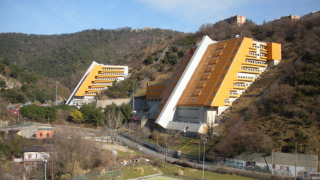The project, which aims to connect 8.5 million premises to the network by 2021, is deemed too costly and unnecessarily complex by the opposition.
According to Reuters, the project could be overhauled and toned down should the Liberal Party come into power.
In its present form, the National Broadband Network (NBN), which is designed to deliver speeds of up to 100Mbps, would be the largest infrastructure development in the country’s history.
The Labour government, led by Prime Minister Kevin Rudd is aiming to utilise fibre optic cables as well as satellite and fixed wireless for access in more remote regions, with the aim to reach 93% of premises predominately through fibre optic cables by 2021.
Liberal Party leader Tony Abbott has instead suggested an AUD$30billion fibre-to-the-node network, which would see connections between nodes to homes and businesses go via Telstra Corp’s copper wires. This would give consumers access to speeds of at least 25Mbps by 2016 and 50Mbps by 2019.
The original 10-year project has, however, has been marred by delays. Only 163,500 properties have been connected to the network since its launch three years ago.
Telstra and China's Huawei Technologies could be the big winners from a Liberal victory, otherwise contractors already commissioned will continue as normal in the case of a Labour win.
Kevin Rudd took over Julia Gillard as leader of the Labour Party last month. He has until November to call an election, with opinion polls placing both the Labour and Liberal parties’ neck-and-neck in the race.




